After reading this post by Pam Woldow, I believe the legal profession might just be on the cusp of ushering in a new trend. How long until your clients demand to know how you are cultivating young employees who can perform capably and cost-effectively and not using their projects as “basic training”? During these difficult times, I hear anecdotally of many firms reducing their training budgets. Though I don’t have any research on this (actually would welcome any on L&D/ Training budgets during this economic malaise), nothing drives demand like customers. It appears in this instance Kia Motors has taken it upon itself to vet the associates of its outside counsel. Kia is doing this as a measure of how efficiently its legal vendors are providing legal services to the company. This has enormous implications for companies that don’t invest in the on-going development of their people. Using online skill/ competency assessment tools like Questionmark, your client may be looking at your staff before hiring you in the very near future in an effort to assess the value your employees add to a project and gives them another comparison point between your company and your competition. Training records and competency audits will be used as differentiators when evaluating your proposals and your service/ product.
If you’re thinking- not in my industry, we’re too many points in the supply chain away from the end user. You’re missing the point.
In today’s hyper-competitive and increasingly transparent global marketplace, firms who skimp on employee training will be found out and punished by the market. And don’t be surprised if social media plays a part in ostracizing these firms and labeling them as second-rate players in their industry. No longer will companies be able to get away with not developing their people and not face the consequences of their actions. More importantly however, is the response by stronger companies to this move by Kia Motors. HR leaders at the top of their game and playing a strategic role with a seat at the proverbial table will use these results by Kia Motors as another reason to double-down on their company’s investment in training. And then, they will publicize that their people are the most skilled and knowledgeable in their niche and use it as a competitive advantage to gain even more clients in their market.
The choice is yours and the consequences stark for companies who do not choose wisely. How is training viewed in your organization― is it an expense, an investment, or a competitive advantage?
- Alex Santos
Alex is a co-founder and Managing Member of Collabor8 Learning, LLC, an instructional design and performance management consultancy. His firm collaborates with organizations to enhance the way they develop and train their people. To learn more about Collabor8 Learning, click here.
Alex can be reached at 786-512-1069, alex@collabor8learning.com or via Twitter@collabor8alex.





